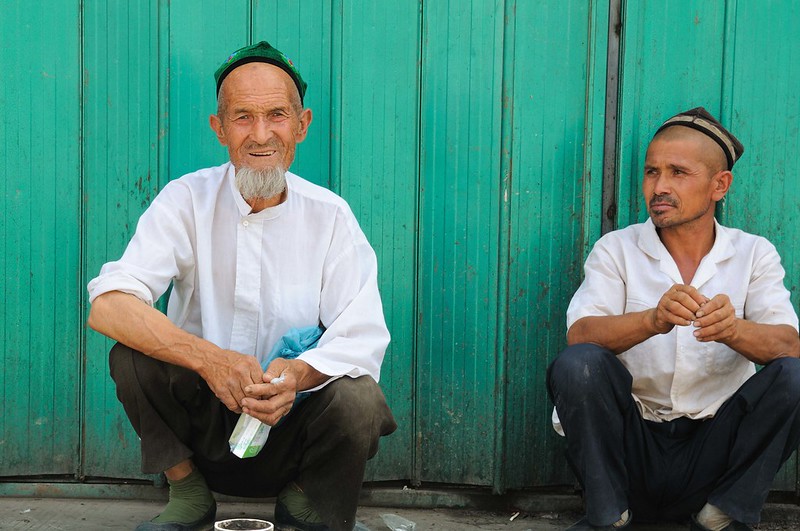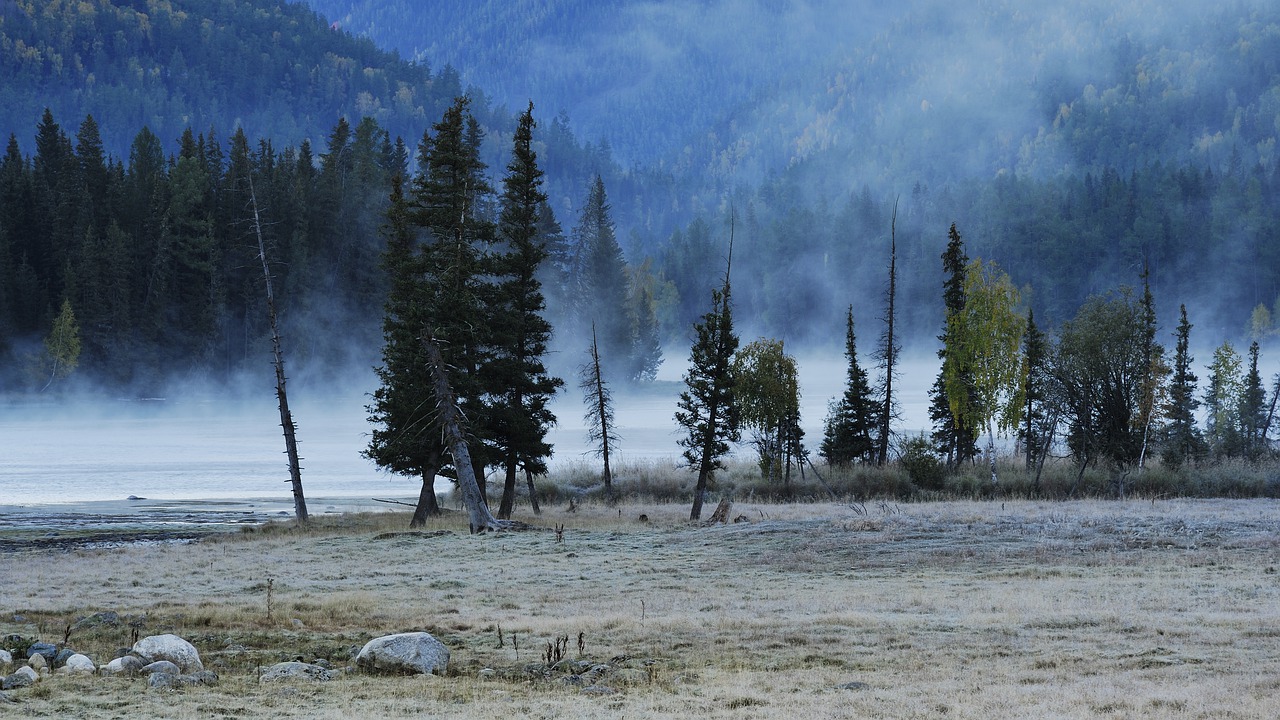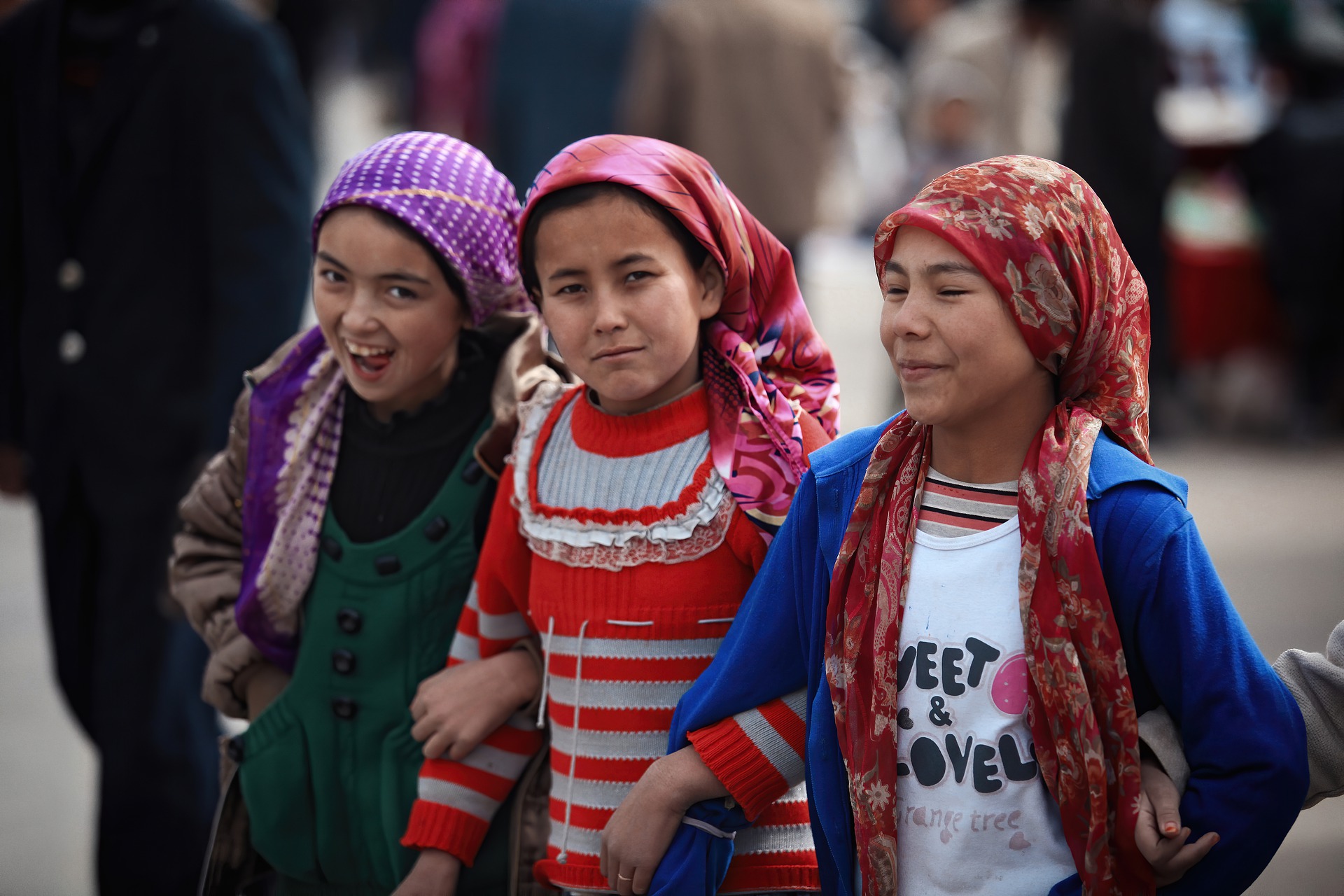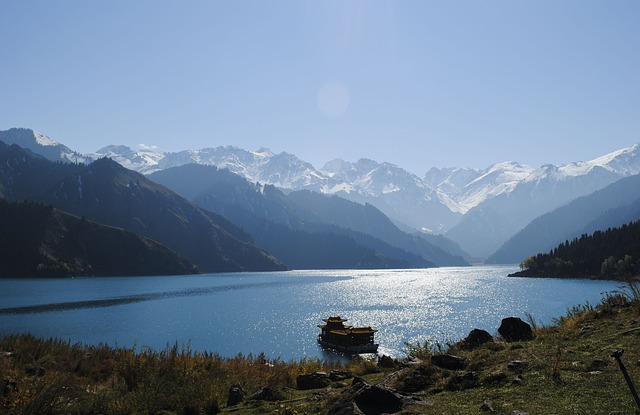CHINA
A Prominent Province
By Haiyan Xiang
Urumqi, Xinjiang, China
Xinjiang is a large autonomous region in northwest China covering 642,820 square miles. This number is two and a half times the size of France. Urumqi, the capital of Xinjiang, is the city in China that is furthest from the sea. Eight countries border Xinjiang:
- Mongolia
- Russia
- Kazakhstan
- Kyrgyzstan
- Tajikistan
- Afghanistan
- Pakistan
- India
The most well-known path of the historical trade route called the Silk Road ran through Xinjiang from its east to its northwestern border. Of the Silk Road’s total 4,350-mile length, 2,485 miles were in China.
Population
Although many people think of China as one homogenous country, it actually contains a lot of diversity, as there are a remarkable 56 ethnic groups within its borders. The major one is Han, which holds 91 percent of the nation’s population. The other 55 ethnic minorities are spread all over China.
A significant cultural group in Xinjiang is known as Uyghur or Uighur. Sharing ancestry with the Turkish people, the culture and customs of the Uyghur are more Middle-Eastern than Chinese. As of the most recent census, Xinjiang’s total population of 25.85 million is made up of 45 percent Uyghur, 42 percent Han, and other minorities comprising the remainder. Hospitality is an important value in this area, so you’ll find local people to be friendly and kind.
Language and Culture
The location of the Xinjiang region is relatively near the Middle East, and, interestingly, Uyghur people speak a Turkic language that is different from Mandarin (standard Chinese). Their customs are similar to people residing in countries across their western border. For example, Uyghur people eat kebabs and naan (a kind of pancake or flat bread). Women and girls wear long dresses over their pants, while men and boys wear small embroidered hats called duopa or doppa.

Uyghur music is a unique part of its culture. If you’re lucky, you’ll be invited to join in singing and dancing to exuberant music. Melodies are typically fast-paced, expressing a passion for life. As you can probably imagine, Uyghur weddings are festive celebrations that are not to be missed!
Hills and Thrills
Given Xinjiang’s size and location, its topography varies widely. You can find mountains, desert, and lakes all available for your enjoyment. What each area has in common is its beautiful scenery.
Sometimes the beauty is even mixed with mystery, such as at the famous Kanas Lake. Sightings of a giant lake-dwelling creature have brought scientists and visitors to this scenic lake nestled among peaks of the Altai Mountains. During the 1980s, a team estimated that this “Chinese Nessie” could be 10 to 15 meters long and weigh up to four tons. An increase in tourism has led to video recordings that appear to indicate something enormous is moving under the surface of the water. More recent speculation has blamed the legend on schools of Siberian trout.
Welcome to Xinjiang!

Have a suggestion for this story? We’d love for you to submit it!


Blank
Blank
Math Resources
- Use the numbers provided in the story to estimate the geographic area in square miles of another country of your choosing. Now convert these numbers to metric.
- Create a table listing the sizes of other countries and how they compare to Xinjiang.
- What are the populations of Han and Uyghur in Xinjiang?
- If Kanas Lake’s average depth is 120 meters, and one story is three meters, how many stories deep is the lake?
Social Justice Question
The government of China has come under fire for human rights violations directed at the Uyghur minority. Stories of detention camps and forced labor have emerged from Xinjiang. Research this issue and decide what the evidence supports.
Explore Further
- Facts about Xinjiang
- Information about the Uyghur people
- Video of a Uyghur folk song
- United Nations webpage on Uyghur culture
- Google map of Kanas Lake
Share Your Story
Write your own Global Math Story and send it to us!
Sorry, the comment form is closed at this time.